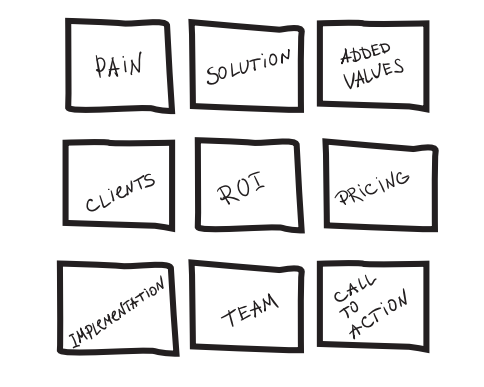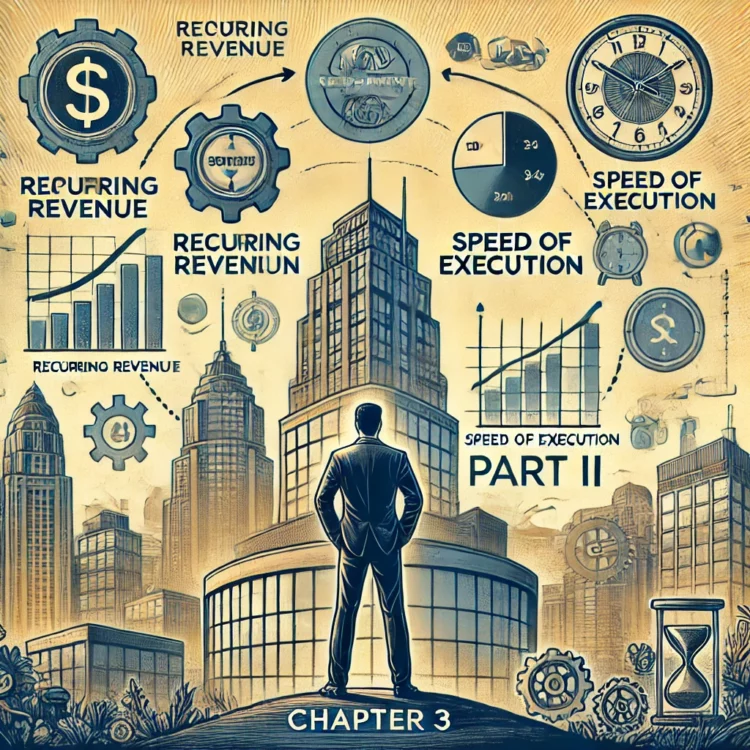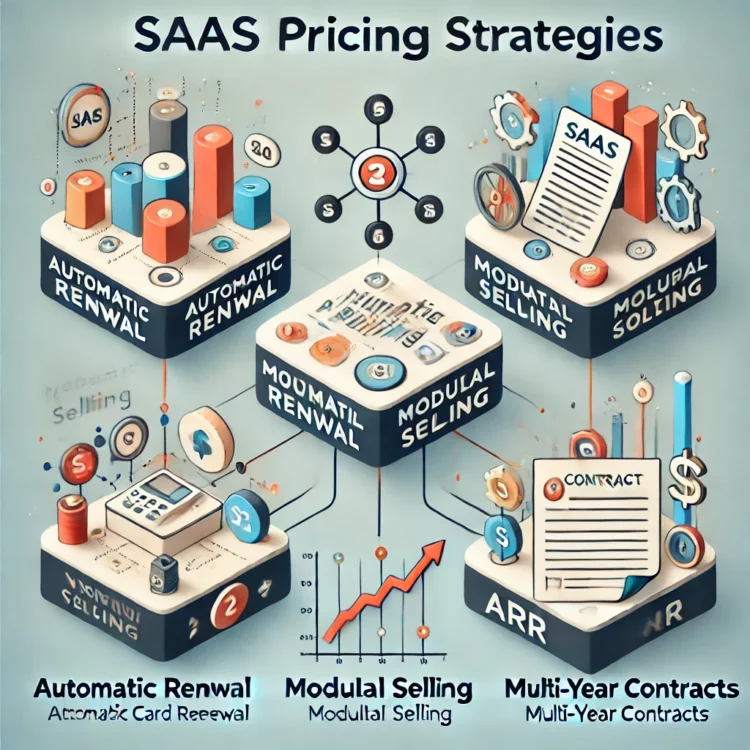The Value Proposition – The 300-Second Value Pitch?
April 2014. The Heseg Foundation—a center of excellence and leadership nestled in the heart of Israel’s thriving startup ecosystem—was bustling with energy. In its impressive basement, 200 entrepreneurs gathered, each brimming with ambition and hope. Upstairs, in a cozy Italian-style library, a handful of Canadian business angels sat poised to identify the next gems of the “Startup Nation.”
Alongside an early collaborator, I had been selected to join this express incubator through a rigorous process. The promise? A rare opportunity to pitch our project to these potential investors after three intense days of preparation. While these days were meant to refine our value proposition and business plan, the reality was that much of the time was spent anxiously waiting for our turn to pitch in the “upper room.”
We had five minutes. 300 seconds. Not a moment more.
The Five-Minute Pitch That Changed Everything
Surrounded by seasoned entrepreneurs with far more advanced projects, I felt the weight of the challenge. Our prototype—a mobile information management application—was still in its infancy. Around me, others wielded polished marketing materials, successful products, and perfect command of startup jargon. In stark contrast, we had a simple flyer resembling something from a neighborhood kebab shop, a Middle Eastern accent, and no ties to Silicon Valley.
As I observed accomplished entrepreneurs leaving the “Pitch Room” with disappointment etched on their faces, the stakes became crystal clear. The bar was high. How could we possibly distinguish ourselves in just five minutes?
Then, I made a bold decision. I closed my unfinished PowerPoint slides and turned off my computer. The key to success lay not in flashy visuals but in structure. On a blank sheet of paper, I sketched nine large squares and titled each one. These squares would guide our presentation, ensuring we answered not what we wanted to share but what investors would naturally ask.
The framework wasn’t about showing off flashy visuals or memorizing buzzwords. It was about answering the core questions that mattered:
- What pain point are we solving?
- Why is our solution better than existing alternatives?
- How does our business model make sense?
- What’s the market potential?
- And most importantly, why are we the right team for the job?
I spent the next ten hours refining my answers, rehearsing every word until they became muscle memory. At exactly 2:10 PM, I stepped into the room, stood before the Canadian angels, and delivered my pitch. I covered all nine points in 298 seconds—not a moment longer.
The structure made all the difference. They offered to invest.

The Nine Slides That Make the Difference
Over the years, I’ve helped structure hundreds of pitches for entrepreneurs, CEOs, and sales teams. Using this same nine-slide format, I’ve consistently seen conversion rates soar, often quadrupling previous results. Here are the nine components you can use to craft your winning value proposition:
1. The Pain
Every successful pitch begins with the customer’s pain. What frustration does your product address? This is the cornerstone of your narrative. Avoid starting with features or accolades; instead, dive straight into the problem.
Instead of saying, “We have the most comprehensive restaurant database,” we reworked our pitch to address the pain directly:
“You’re losing $2 million every month by not targeting your most profitable prospects. What if you could solve that and add $24 million to your annual revenue?”
This opening hits where it matters, setting the stage for your solution.
2. The Solution
Frame your offering as a solution, not just a product.
Instead of saying, “Our database has seven million operators divided into fifty attributes,” try:
“You lack a system for targeting your best opportunities. Our prioritization tool identifies your top leads and helps secure that extra $24 million.”
Paint a clear picture of how your solution eliminates the pain.
3. Added Values
Why should the customer choose you? Highlight what sets you apart. For example, when competing for a client in Chicago, we emphasized three points:
- Our data covered 50 countries (versus our competitors’ three).
- We offered a unique rating system powered by real customer reviews.
- Our updates were more frequent and reliable.
Focus on three clear, measurable benefits that set you apart.
4. The Niche Market
Define your target market with precision. For example, when targeting technology firms entering the restaurant industry, we outlined:
- The problem: Rapid expansion requires comprehensive data.
- The solution: Exclusive insights on three million restaurants.
- Added value: Speed, precision, and trusted partnerships (e.g., UberEats, DoorDash).
Credibility matters. Include logos or testimonials that affirm your expertise.
5. Customer ROI
Investors care about one thing: results. Spell out the return on investment (ROI) your product delivers.
In one meeting, I explained to Lavazza’s VP of sales that their conversion rate improved from 7% to 15% using our leads. Then I calculated the impact:
“Out of 100,000 prospects, that’s 15,000 new customers. At $3,200 profit per customer, you’re looking at $48 million in new revenue.”
If you can quantify the ROI, you’ll have their attention.
6. The Business Model
With ROI established, discuss pricing. Tie the cost directly to the gain.
When Lavazza asked, “What’s the price?” we replied:
“Just 1% of your $48 million profit—$480,000 over three years.”
Using a simple three-tier pricing model (Basic, Pro, Enterprise) helps prospects choose while steering them toward the middle option.
7. The Implementation Process
Trust is built through clarity. Lay out your delivery timeline in three or four steps.
For instance:
- Validate the prototype.
- Test a sample.
- Deploy at scale.
When clients know exactly what to expect and when, you inspire confidence.
8. The Team
People buy from people they trust. Highlight your team’s expertise and experience.
When pitching to Lavazza, I highlighted:
- Aswin, with 12 years of data expertise.
- Bill, with a track record of satisfied clients.
- Myself, with experience scaling 30 organizations.
Personal credibility builds confidence.
9. The Call to Action
Finally, always end with a clear next step.
“If you’re interested, let’s set up a follow-up meeting to review a personalized proposal.”
This shows motivation, ensures immediate progress, and keeps you in control of the process.
Closing Thoughts
As I write this, my team and I have just signed a million-dollar contract with a major U.S. distributor, following this exact nine-slide framework. The structure is simple, effective, and proven. If you’re crafting your next pitch, remember: it’s not about the bells and whistles. It’s about clarity, relevance, and confidence.
And all of this, in just nine slides.







